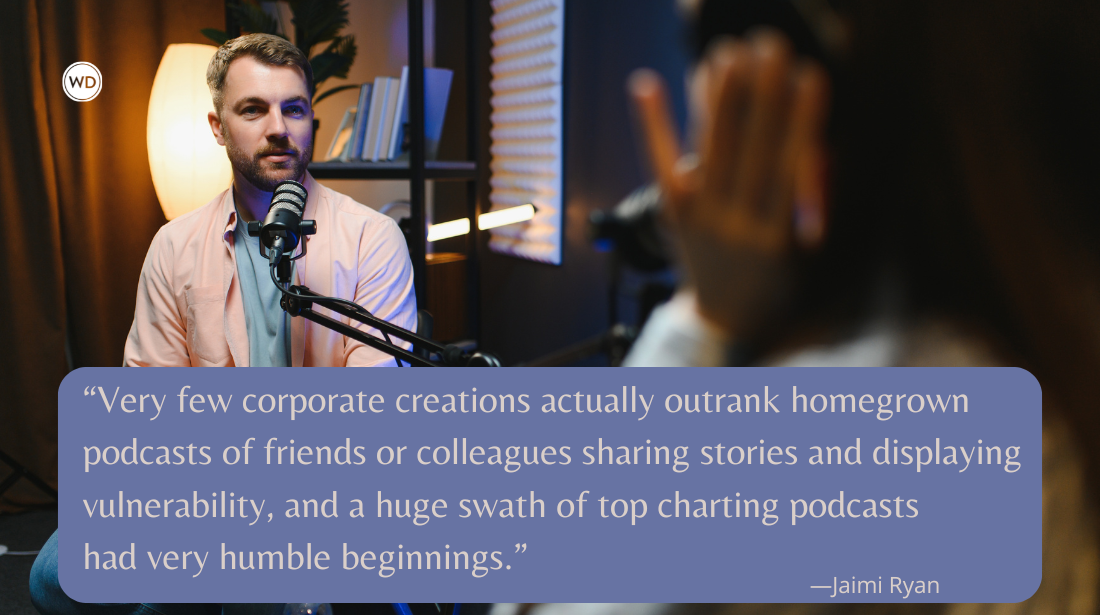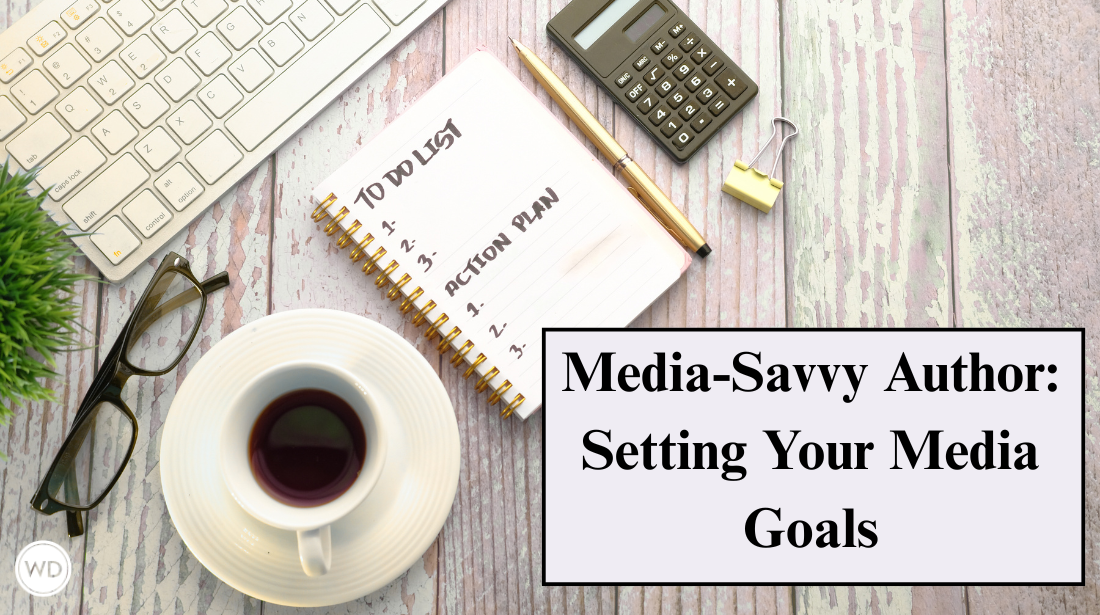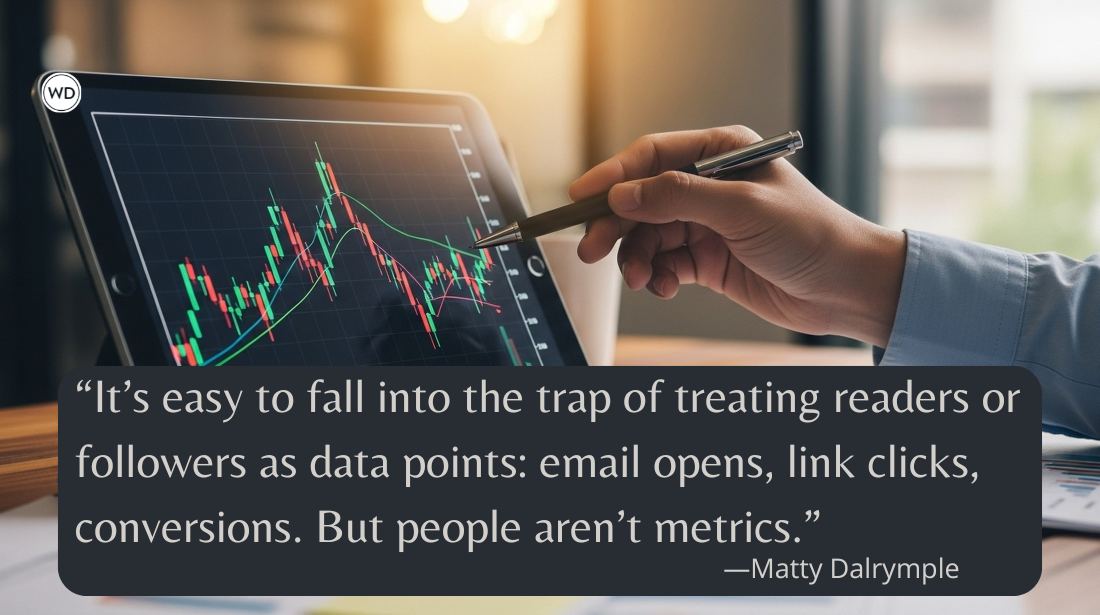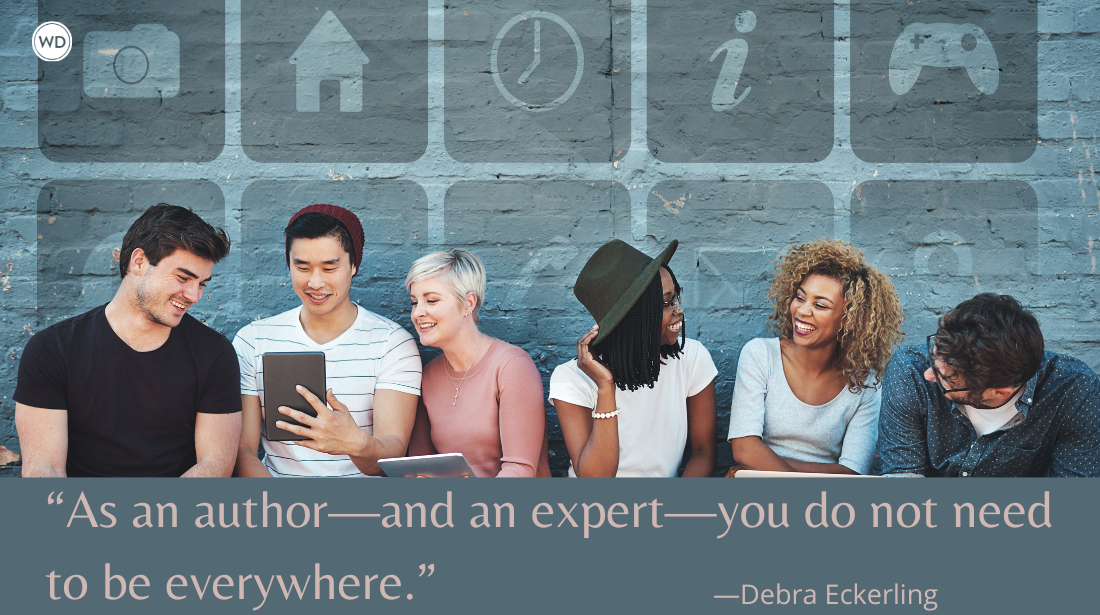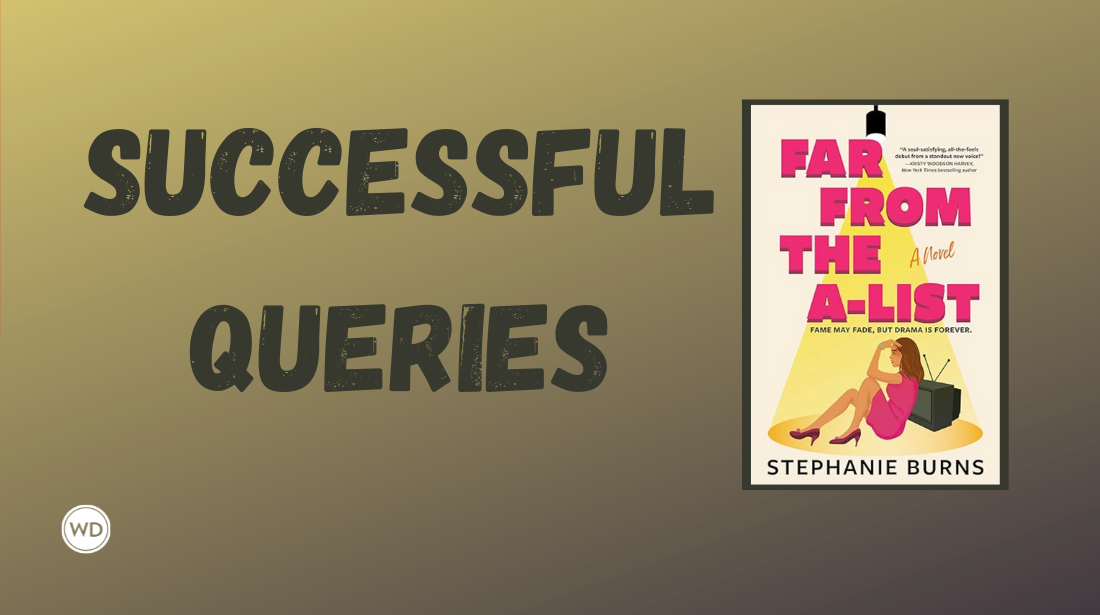A Luddite Enters the Digital Marketplace
Today’s guest post is from author Nath Jones. In 2011, Nath Jones will finish an MFA in creative writing at Northwestern University, where she was a nominee for The Best…
Today's guest post is from author Nath Jones. In 2011, Nath Jones will finish an MFA in creative writing at Northwestern University, where she was a nominee for The Best New American Voices 2010.
Nath’s work is influenced by small towns, small business, the army, the
ocean, and cornfields. She is in the process of releasing four
collections of short works and offering them to readers as e-books. The
first of these, The War is Language: 101 Short Works, is available on
Smashwords, Kindle, and Scribd. Nath Jones lives and writes in Chicago.
--
I never thought I’d self-publish a book, let alone commit to releasing four e-books over two years.
Even as I opened my mind to the world of electronic literature, I could not believe how much I had to learn to publish The War is Language: 101 Short Works.
Too often we stall out and stop working when we don’t know how to approach a new goal, have no experience with a new technology, or have a critical view of the next stepping-stone. But publishing e-books can be a boon for a writer’s career even for Luddites stuck in a traditional publishing mentality.
In 2001, I found myself at an impasse that may be familiar. I thought, “Why couldn’t I have been born a hundred years ago? How on earth is this logistical publishing nightmare, this incomprehensible tangle of old and new publishing technologies, central to my entire life’s purpose?”
When the writers went on strike in 2007 in relation to residuals for new media, I just gave up trying to understand publishing at all.
Confronted by the seeming lack of literary formality of many blogs, the mushrooming options of e-readers, and the conversion of many literary journals from print to websites, I completely stopped trying to reach any audience of readers beyond friends and family.
It’s not that I held fast to old-guard ways of print or was completely resistant to the world of digital content. It’s that I have an incapacitating fear of the unknown. Paralysis ensues. Flailing in ineptitude is not a favored pastime so I avoid it.
There are countless reasons to publish your own content as e-books.
Success is determined not only by sales but by artistic satisfaction in the statement one makes. The sense of accomplishment and validation one gains from producing an e-book can help maintain motivation for larger more traditional works.
E-books give writers the ability to experiment with content. Writers are often typed into market sectors. Publishers may not risk something different but with e-books the writer can.
Publishing e-books forces a writer to practice the professional aspects of a writing career: marketing, sales, design, web presence, legality, and deadlines. Writers learn the process of publication as they enter the marketplace and implement their ideas.
But if you’ve written a book and are conversing about it over dinner, I still feel you should discuss things like the book’s bearing on culture and the reception of novel ideas. I don’t think that a play-by-play of how you were finally able to comprehend Calibre, LaTex or Amazon’s DTP (after they each in turn very nearly annihilated your ego) has much of anything to do with litrachur.
Yet the fact remains that while a writer must struggle to attain aesthetic satisfaction, that same writer may benefit from learning the intricacies of today’s publishing technology. As much as I resisted learning about digital content, there are three things I learned in the process of publishing my first e-book that I might like to have known in advance.
- Formatting short works for reflowable content is different than formatting content on paper.
- Epigraph rights may require permissions contracts and fees for usage.
- Neither libraries nor bookstores will help with marketing.
FORMATTING
I thought that a collection of ultra-shorts and flash fiction would work well as an e-book. Commuters with smart phones could conceivably enjoy a piece or two on their way to or from work. Every time I tried to offset content with blank areas in the reader’s viewing field, the manuscript would not convert correctly. As I became more familiar with the Smashwords Style Guide, I learned that formatting short pieces for e-readers is much different than designing the presentation of words on pieces of paper.
The format needs to be simple as possible so it can be read in a reader’s preferred font on a reader’s chosen device. Page breaks, tabs, and spaces are completely different concepts in reflowable content. Alternatives to using white space to break up the work are numbering pieces or centering their titles.
PERMISSIONS
If an epigraph is not in the public domain, it may be necessary to contact the publishing company that holds the rights. The title of The War is Language: 101 Short Works is taken from a line in Allen Ginsberg’s 1966 antiwar poem “Wichita Vortex Sutra.” In order to include the epigraph in the front matter, I had to pay HarperCollins a nominal fee.
It is not just the length of quoted material that determines whether payment will be required. It is also the intent and purpose of the work. Reviews of books and academic articles about published material usually do not require that a writer pay to use quoted material (if within fair use guidelines). But if the work being published is a commercial product, which my e-book is, then even five lines of a poem require a rights agreement and a fee for usage.
Usage fees are still determined by a book’s print run. So it may also be necessary to estimate a minimum number of sales of an e-book when working out a permissions agreement.
MARKETING
Marketing tools run the gamut from Twitter to BookBuzzr to BookTour. Still, those of us more reluctant to technology may hesitate to dive in. The blogosphere is an intimidating place for an outsider. Reviews may be hard to come by as so many reviewers still do not consider e-books.
In an effort to get the word out about my e-book in a way I understood, I contacted both bookstores and libraries about hanging regular old flyers. I soon learned that neither kind of establishment is in a position to assist self-published writers with marketing.
While readers seek new content in both these locales, bookstores are not interested in promoting your original electronic work, as they have no profit motive to help you, and libraries are bound by their existence as nonprofits to avoid active solicitation; they can’t help you advertise since your e-book is a commercial enterprise.
Community centers and art galleries might be good alternatives to contact when posting notices about a self-published book. I even contacted a grocery store and a dance studio, since both places had community bulletin boards related to current events in the area. But often there are strict arbiters that control the content posted on such bulletin boards. Most establishments—profit or nonprofit—want material that relates to their establishment’s core values.
But even for someone who cannot easily fathom the changes that have occurred in publishing over the past ten years, creating e-books is still a great way for a writer to stake some claim in the digital market.
Find out more about Nath by visiting her personal homepage, or by visiting the site for The War Is Language.
Jane Friedman is a full-time entrepreneur (since 2014) and has 20 years of experience in the publishing industry. She is the co-founder of The Hot Sheet, the essential publishing industry newsletter for authors, and is the former publisher of Writer’s Digest. In addition to being a columnist with Publishers Weekly and a professor with The Great Courses, Jane maintains an award-winning blog for writers at JaneFriedman.com. Jane’s newest book is The Business of Being a Writer (University of Chicago Press, 2018).




